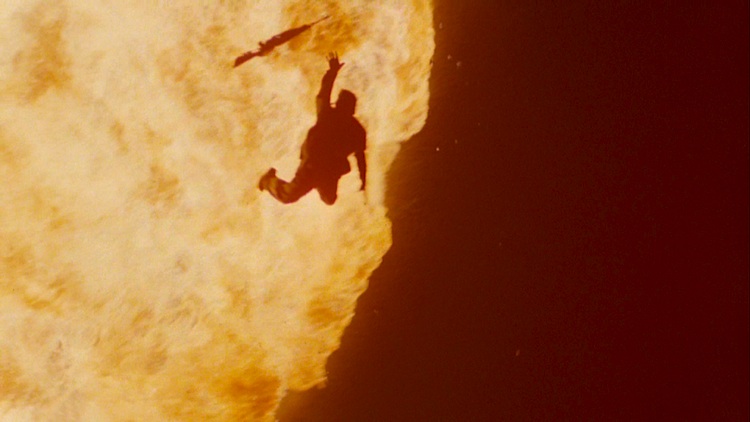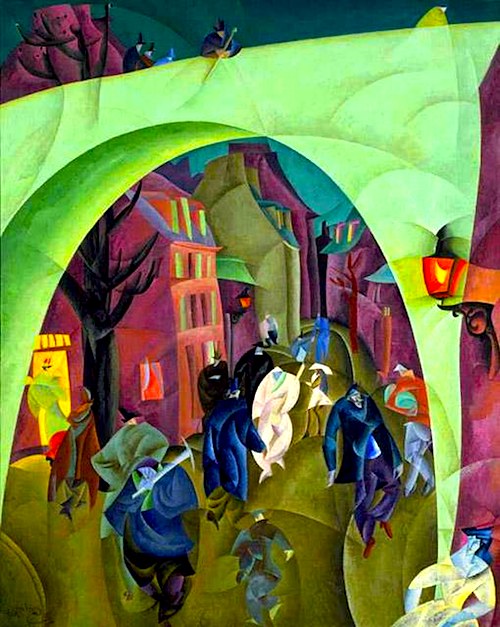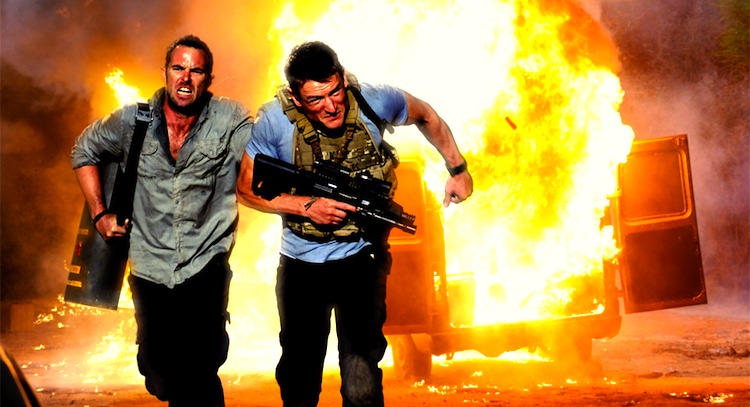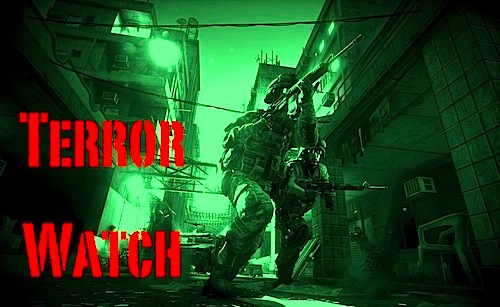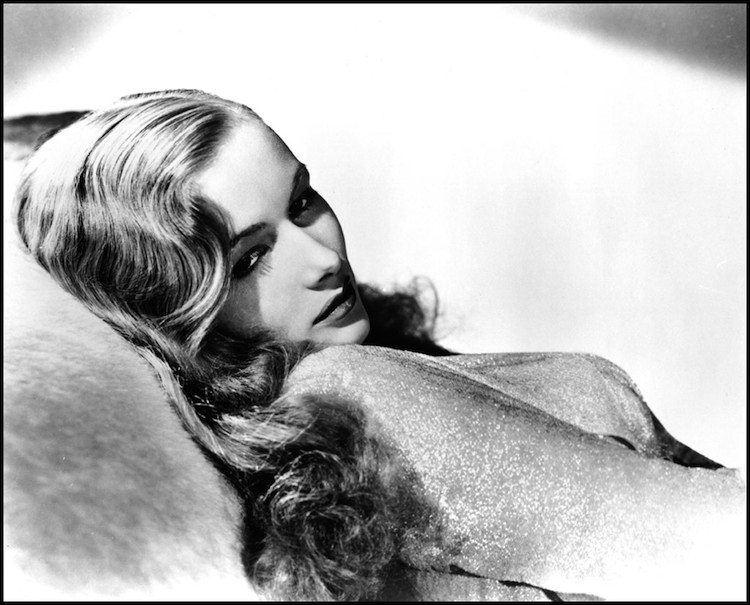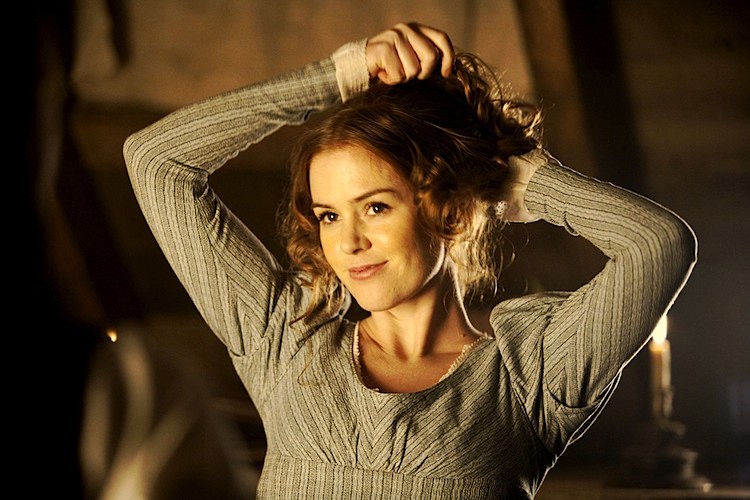 By Joe Bendel. For a so-called grindhouse film, it had killer ad copy. It also featured contributions from two very talented but very different Stans. Eventually it spawned an inferior sequel not involving its original creator that hardly helped its reputation. And decades later, James Glickenhaus’s The Exterminator (trailer here) is ripe for a critical reappraisal with today’s release of the unrated director’s cut in special Blu-Ray combo pack from Synapse Films.
By Joe Bendel. For a so-called grindhouse film, it had killer ad copy. It also featured contributions from two very talented but very different Stans. Eventually it spawned an inferior sequel not involving its original creator that hardly helped its reputation. And decades later, James Glickenhaus’s The Exterminator (trailer here) is ripe for a critical reappraisal with today’s release of the unrated director’s cut in special Blu-Ray combo pack from Synapse Films.
John Eastland will become the Exterminator, the man the ad campaign told us “they pushed too far.” New York’s Ché Guevara loving Ghetto Ghouls gang (as evidenced by the décor of their hideout; see below) did that when they attacked and paralyzed Eastland’s best friend, Michael Jefferson (Steve James). During the Viet Nam prologue (featuring a beheading rendered by special effects artist Stan Winston, Stan #1), Jefferson saves Eastland from the sadistic Viet Cong, a depiction most definitely not approved by Jane Fonda. Close friends and co-workers, Jefferson was always the outgoing man of action, while Eastland was the more reserved one.
Unlike Paul Kersey in the original Death Wish, Eastland tracks down the specific thugs responsible for the crime (with the brief help of the flame-thrower featured prominently on the posters), extracting some frontier justice. Concerned for the future of Jefferson’s family, Eastland then abducts a mobster from the Old Homestead steak house to extort their financial security. This episode gets a little bloody. Eastland also starts to understand that New York needs his extermination services.
Of course, the most (and only) talented cop on the force makes it his business to track down the man calling himself the Exterminator. Still, Det. Dalton finds time to put the moves on the smart and attractive ER Dr. Megan Stewart (played by Samantha Eggar, perhaps the cast’s biggest name), even taking her to an outdoor Stan Getz concert (yep, Stan #2, at a time when he was pretty deep into the electric bag). And he’s not the only government employee interested in stopping the Exterminator. With the election fast approaching, Eastland’s efforts are embarrassing the administration, who promised but failed to deliver law and order (since The Exterminator was originally released in September 1980, this must be the Carter White House). As a result, even the CIA is dispatched to eliminate the Exterminator.
